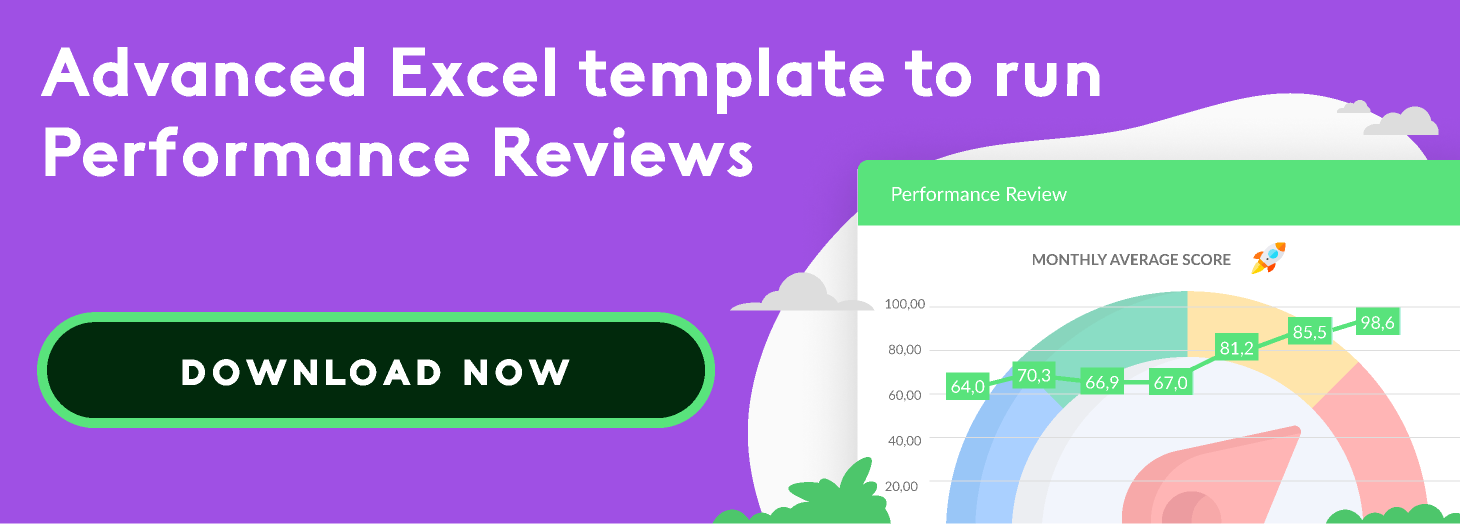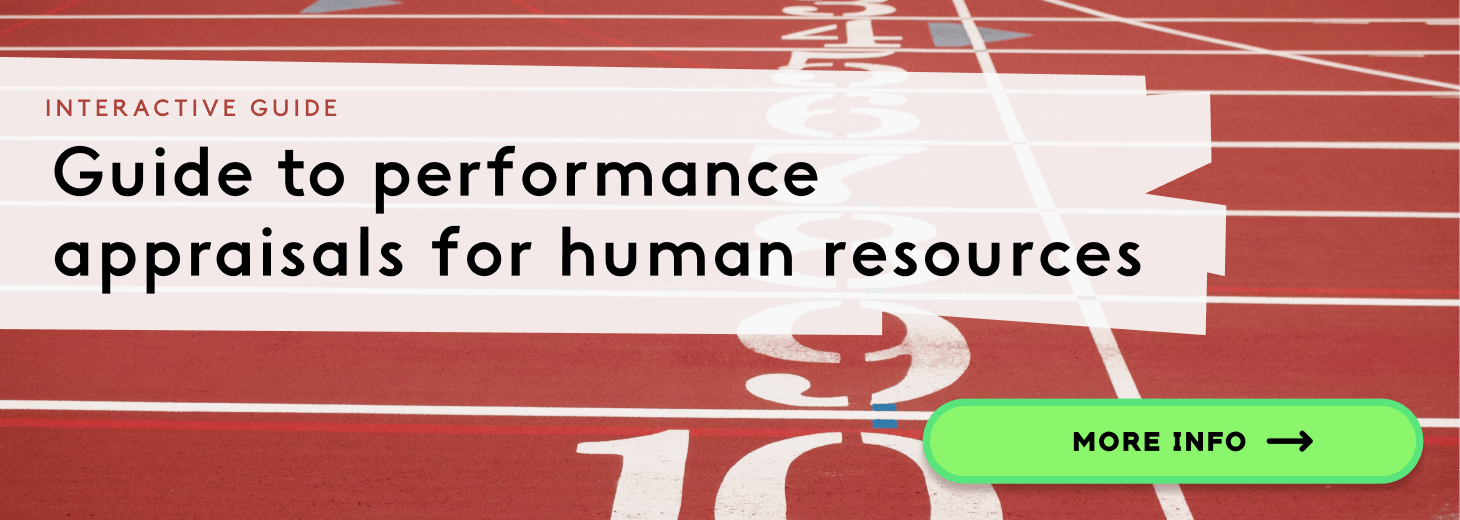The various performance review methods available allow companies to measure their employees’ performance in the way that best suits them. These processes are key to achieving business objectives and attaining expected productivity quotas.
In this article we’ll tell you about the different types of evaluation that exist and how they differ, so you can judge the best fit for your organisation.
What is a performance review?
The performance review can be defined as the process of identifying, evaluating, and developing employee output. It measures in an objective, integrated and systematic way, the competencies of each employee, to pinpoint their strengths, and in turn nurture their development and growth within the organisation.
The company also obtains valuable information about its employees, allowing them to make more informed decisions regarding promotions, training, and other requirements.
All performance review techniques and methods share certain common objectives:
- To identify employee strengths and weaknesses to put suitable next steps in place.
- Maintain records of each employee’s development to determine salary raises, promotions, etc.
- Evaluate an employee’s potential to apply for other positions or train for a new career within the organisation.
- Provide feedback to employees about their work and performance.

What methods of performance evaluation are there?
There are different types of performance evaluations and each one has its own particular qualities.
90-degree performance appraisal
In the 90-degree performance appraisal it is the line manager who evaluates the worker. They are responsible for providing the necessary feedback to assess the employee’s skills and performance.
The direct manager’s opinion is crucial, as one of their duties is to foster the professional development of the individuals under their supervision. However, one of the disadvantages of opting for this method is that the appraisal is reduced to a single person’s opinion.
180-degree performance appraisal
The 180-degree performance appraisal primarily takes place among equals. In other words, between workers who carry out the same duties or are at the same level. Observations from the boss and line manager are also taken into account.
We therefore obtain two different points of view about the work of the person in question. The manager’s perspective and the opinions of the employee’s teammates who share the day-to-day duties. In this sense, it is important that the people taking part in the appraisal work with the employee regularly.
270-degree performance appraisal
The next type of appraisal uses a broader range of reviewers. In the case of a 270-degree performance review, the line manager and regular colleagues, as well as collaborators participate.
This type of method in which various people participate is usually more interesting for medium to large companies, as it helps to promote communication and leadership.
360-degree performance appraisal
The 360-degree performance appraisal, also known as 360 feedback, includes the boss, colleagues, collaborators, partners, subordinates, and clients, among others. In other words, all the people the employee interacts with in the work context.
This is a very interesting model as it is embraces different perspectives to generate an overall, unbiased view of the worker’s strengths and weaknesses. Moreover, it completely breaks with the notion that only the boss can evaluate someone’s work.

Goal-based performance review
Goal-oriented evaluations are based on monitoring, tracking, and assessing each employee’s results against their targets. These are usually aligned with the organisation’s general business objectives.
Many organisations use SMART or OKR goals to measure employee performance. Both systems establish objectives following a set structure to obtain results.
This method is a great tool for improving workforce productivity and motivation. However, companies must not underestimate the commitment required from the HR department. They must support the employee throughout the various phases of setting goals, monitoring and evaluation.
Competency-based appraisals
Competencies can be described as the ability to carry out a task effectively, using the necessary expertise, skills, abilities and understanding.
Therefore, competency-based appraisals take this factor into account and assume that an employee with better skills will turn out to be more competent than one with experience alone. As a result, this method considers the worker’s long-term future.

Self-assessment
The performance review self-assessment, as the name suggests, is when the employee evaluates their own performance, following a set of criteria and predefined parameters. The aim is for the employee to be mindful of their performance, strong points, and weaknesses as a professional.
It is an opportunity for reflection and self-analysis and is often found to be very useful. In fact, it is common in 270 or 360-degree appraisals for the employee to be invited to complete a self-assessment questionnaire.
Download our HR manager’s guide to performance management here to design a successful performance management cycle.




